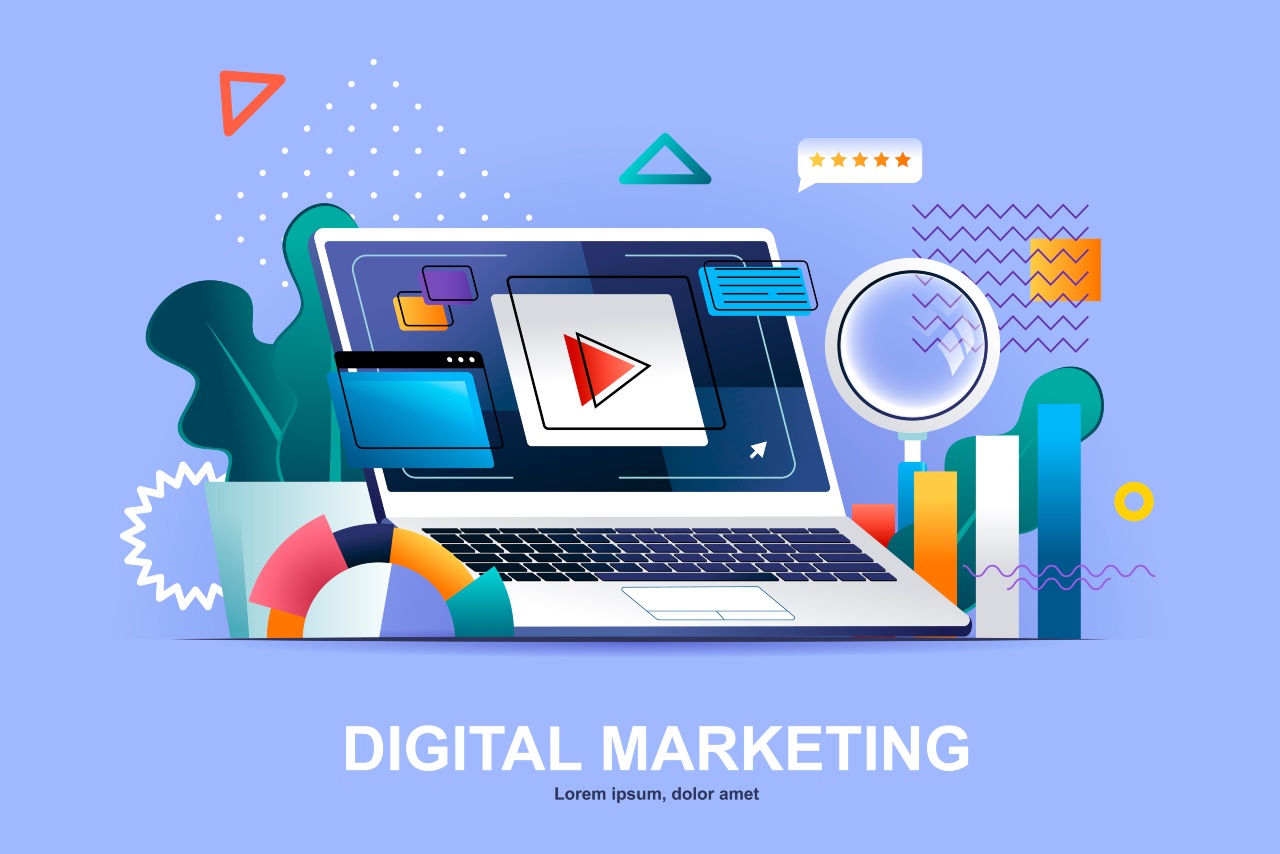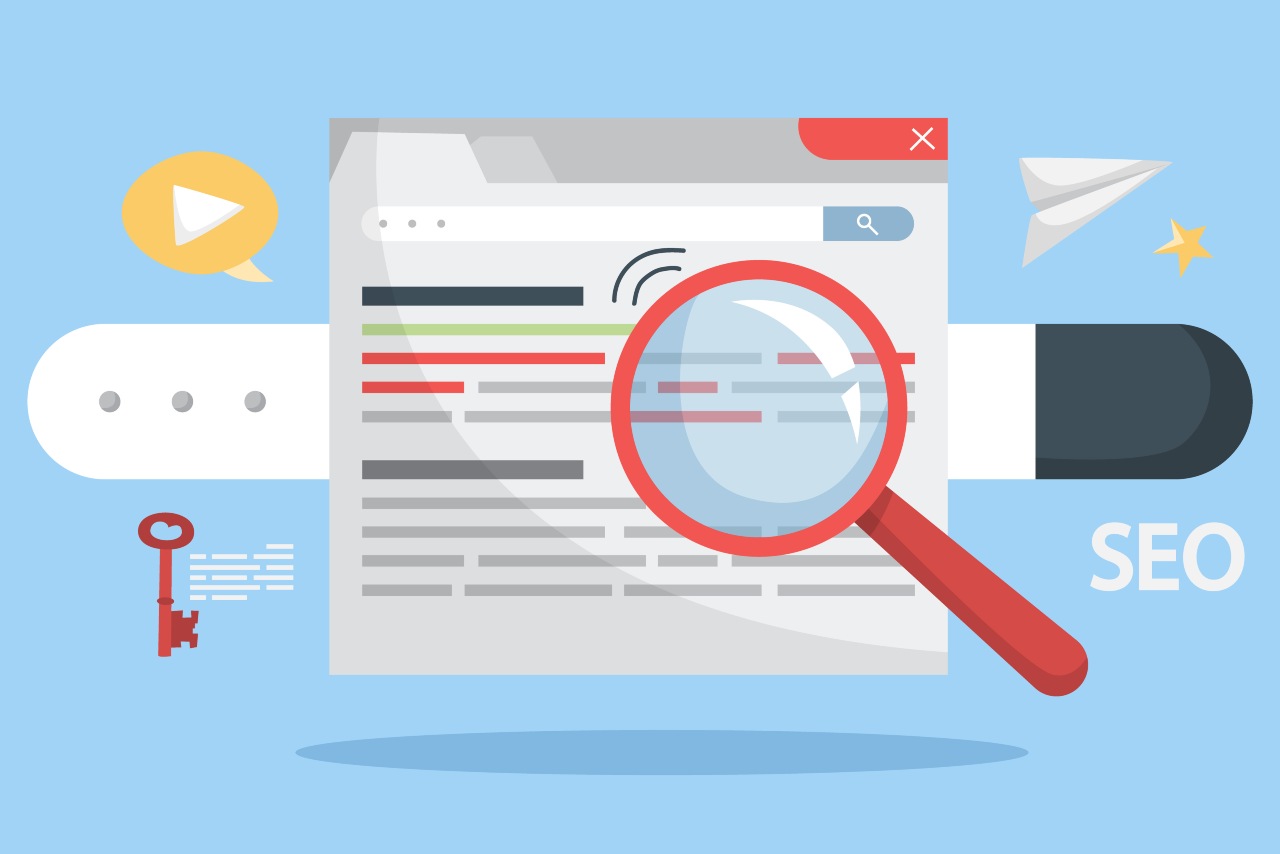
The digital marketing landscape is undergoing a seismic shift, as third-party cookies—once the backbone of targeted advertising—are set to disappear. With privacy regulations tightening and major browsers like Google Chrome planning to phase out third-party cookies soon, businesses must adapt their strategies to thrive in this new reality. Preparing for a cookieless future involves reevaluating how you collect, manage, and use data while ensuring compliance with privacy regulations.
Here’s a detailed guide on how to get your business ready for this pivotal change.
Why Are Third-Party Cookies Going Away?
Third-party cookies have long been a cornerstone of digital advertising, allowing marketers to track users across websites and deliver personalized ads. However, growing concerns over privacy and data security have led regulators and tech companies to take action.
With the implementation of laws such as the General Data Protection Regulation (GDPR) in the European Union and the California Consumer Privacy Act (CCPA) in the U.S., consumers are demanding more control over their personal information.
As a result, companies like Google, Apple, and Mozilla are introducing privacy-focused updates, including the removal of third-party cookies in favor of more secure, user-controlled alternatives.
The Impact of Cookieless Future on Digital Marketing

The removal of third-party cookies will have a profound impact on how businesses approach online advertising, especially in areas such as:
- Targeted Advertising: Without third-party cookies, tracking user behavior across multiple sites becomes more difficult, making personalized ads harder to serve.
- Audience Segmentation: Marketers rely on third-party cookies to create audience segments based on browsing patterns. Losing this ability will require new ways of gathering insights.
- Attribution: Understanding which marketing efforts contribute to conversions will become more challenging without cookie-based tracking across channels.
To continue delivering effective marketing campaigns, businesses need to adopt new strategies and technologies.
Steps to Prepare Your Business for a Cookieless Future
As third-party cookies are phased out, businesses must rethink their digital marketing strategies to maintain effective customer targeting and tracking. To navigate this shift, companies need to focus on gathering first-party data, leveraging privacy-friendly technologies, and adopting alternative attribution models.
By embracing strategies like contextual targeting and transparent data practices, businesses can ensure continued success in a privacy-centric, cookieless future.
-
Prioritize First-Party Data Collection
First-party data is information you collect directly from your customers through your own platforms, such as your website or mobile app. Unlike third-party cookies, this data is considered more reliable and privacy-compliant, as users willingly provide it. Focus on collecting and leveraging first-party data by:
- Enhancing User Experience: Provide value to users in exchange for their data, such as personalized recommendations, exclusive offers, or premium content.
- Email Signups and Customer Accounts: Encourage users to create accounts or sign up for newsletters. This helps build a rich database of first-party data that can be used for personalized marketing.
- Surveys and Feedback: Use surveys and customer feedback forms to collect direct insights into user preferences and behaviors.
-
Embrace Privacy-First Technologies
To replace third-party cookies, privacy-first technologies are emerging that still allow for personalized marketing while respecting user privacy. Two key approaches include:
- Server-Side Tracking: Unlike client-side tracking, where cookies are stored on a user’s browser, server-side tracking allows businesses to capture data directly from their servers. This method enhances privacy by reducing the reliance on user browsers while still gathering valuable insights.
- Google’s Privacy Sandbox: Google is introducing the Privacy Sandbox, which aims to balance the need for privacy with the effectiveness of digital advertising. It includes technologies such as Federated Learning of Cohorts (FLoC) and Topics API, which group users into anonymized segments for ad targeting without exposing individual data.
-
Leverage Contextual Targeting
In a cookieless world, contextual targeting will regain importance. Instead of relying on user behavior, contextual advertising matches ads with relevant content on websites. For example, an outdoor gear brand might place ads on articles about hiking or camping.
To successfully implement contextual targeting:
- Understand Your Audience: Conduct in-depth research to determine the types of content your target audience consumes.
- Partner with Publishers: Form direct relationships with publishers to ensure your ads appear in high-quality, relevant contexts.
- Use AI and Machine Learning: Advanced algorithms can help you analyze content and match ads with appropriate contexts, improving accuracy and engagement.
-
Explore Second-Party Data Partnerships
While first-party data is crucial, second-party data partnerships offer another way to expand your reach. Second-party data refers to someone else’s first-party data that you can use through a partnership. For example, you could collaborate with a non-competitive brand that shares your target audience and exchange data to enhance both of your marketing efforts.
This strategy provides access to new data sets without violating privacy regulations, as the data is collected directly from consenting users.
-
Focus on Building Trust and Transparency
As data privacy becomes a more prominent concern, transparency and trust will be key differentiators for brands. Consumers are more likely to share their data with companies that are upfront about how they use it.
- Clear Privacy Policies: Ensure your privacy policies are easy to understand and accessible to users. Be transparent about how their data will be used and how they can control it.
- Consent Management: Implement robust consent management platforms (CMPs) that allow users to easily opt-in or opt-out of data collection practices.
- Ongoing Communication: Regularly communicate with your customers about any changes in data policies or practices. Building trust leads to long-term customer relationships.
Final Thoughts on a Cookieless Future

The transition to a cookieless future may seem daunting, but it also presents an opportunity for businesses to rethink their data strategies and embrace more privacy-conscious methods. By focusing on first-party data, exploring new technologies, and building trust with your audience, your business can not only survive but thrive in this new landscape.
In the meantime, if you need help with your digital marketing, we are here for you. Feel free to contact us and learn more about our digital marketing services. You can find more information at Sylably.com or on our flagship Facebook page.
You may also like:
How to Use Data Analytics to Improve Your Marketing Strategy
Did You Like the Article about the Cookieless Future?
If you found this article helpful, please share with your friends, family, and colleagues who might also be interested in digital marketing services.
We would also love to hear your opinion, thoughts, and advice! Please leave your comments in the box below.
Thank you!











